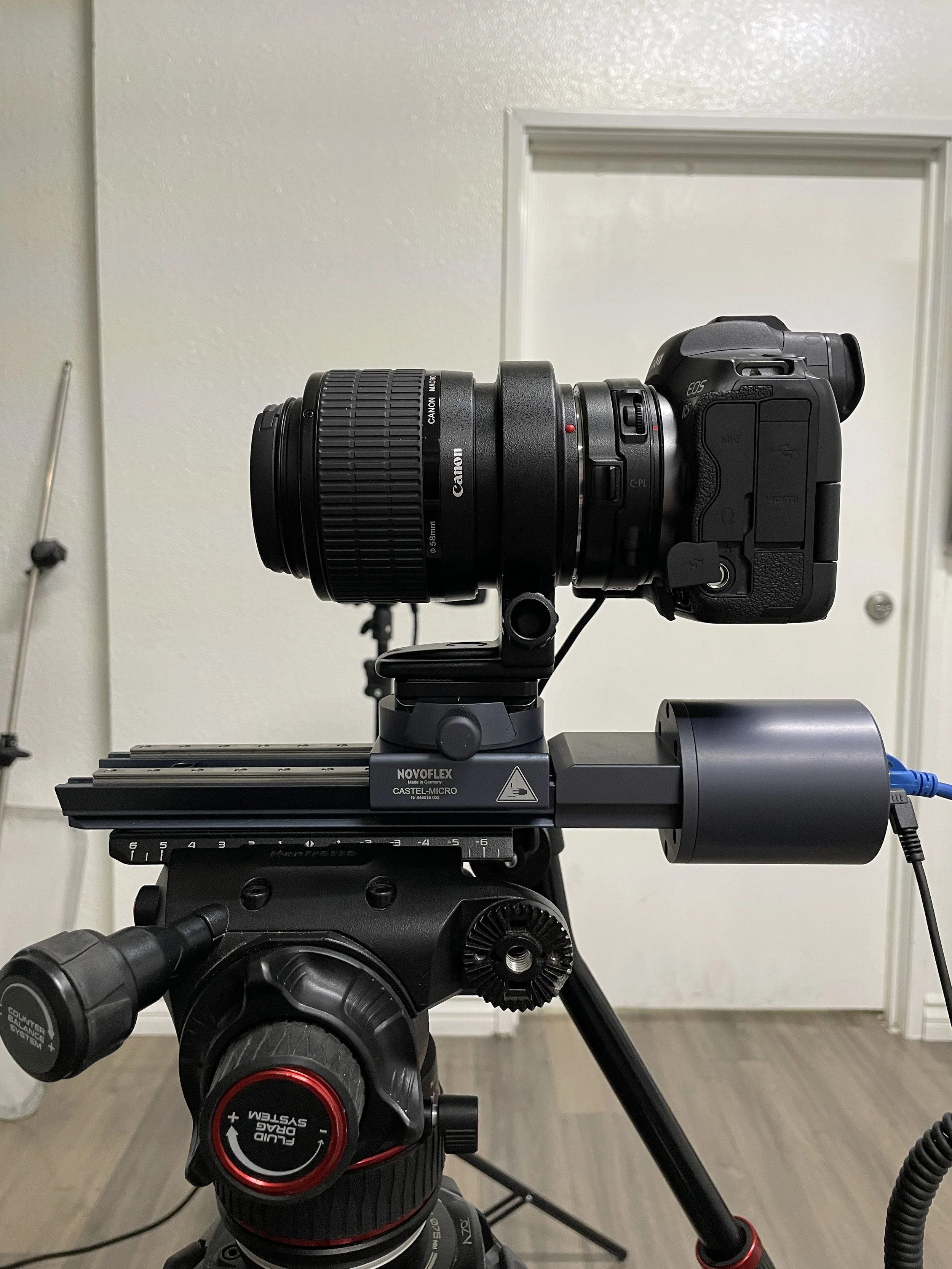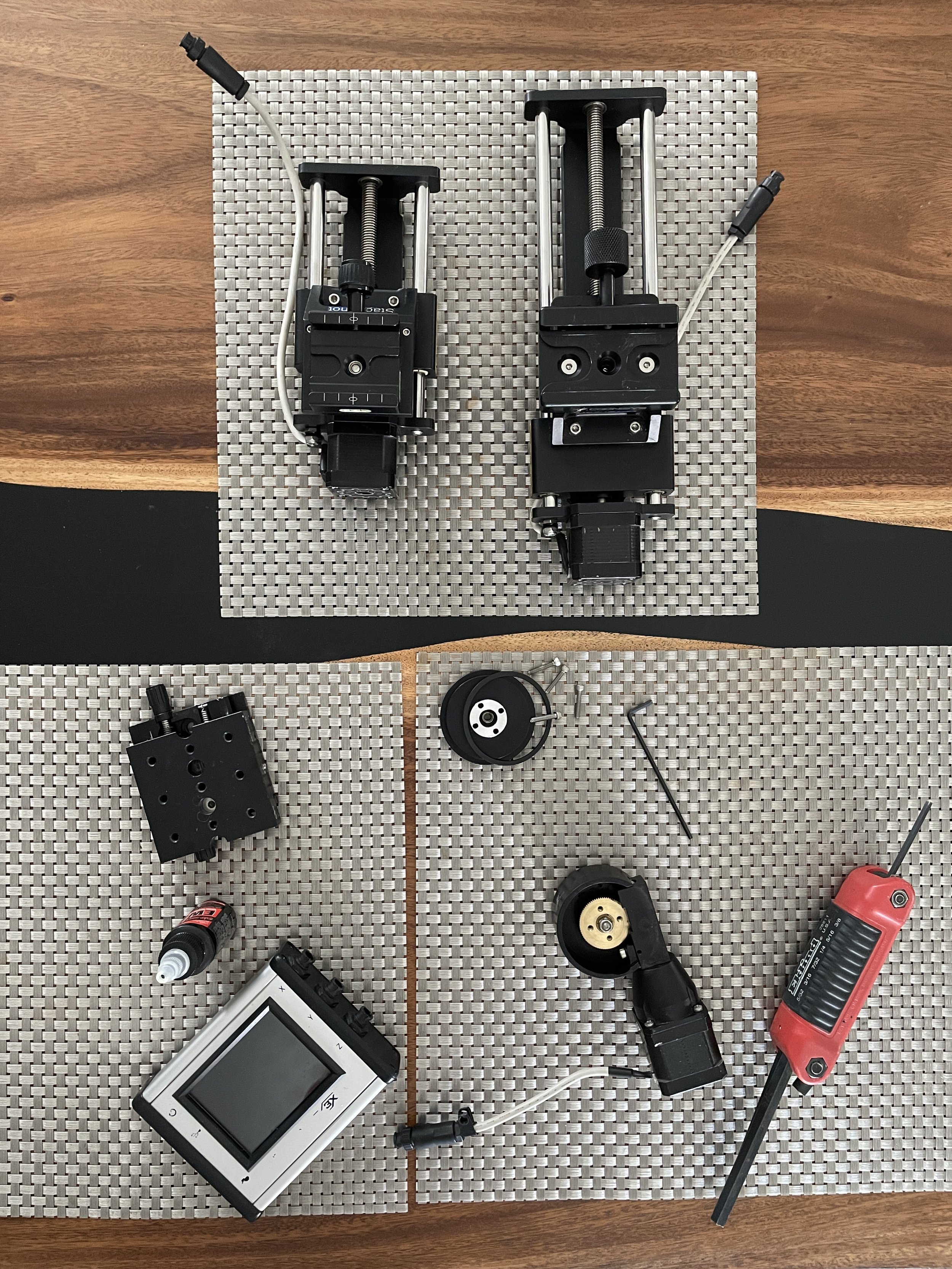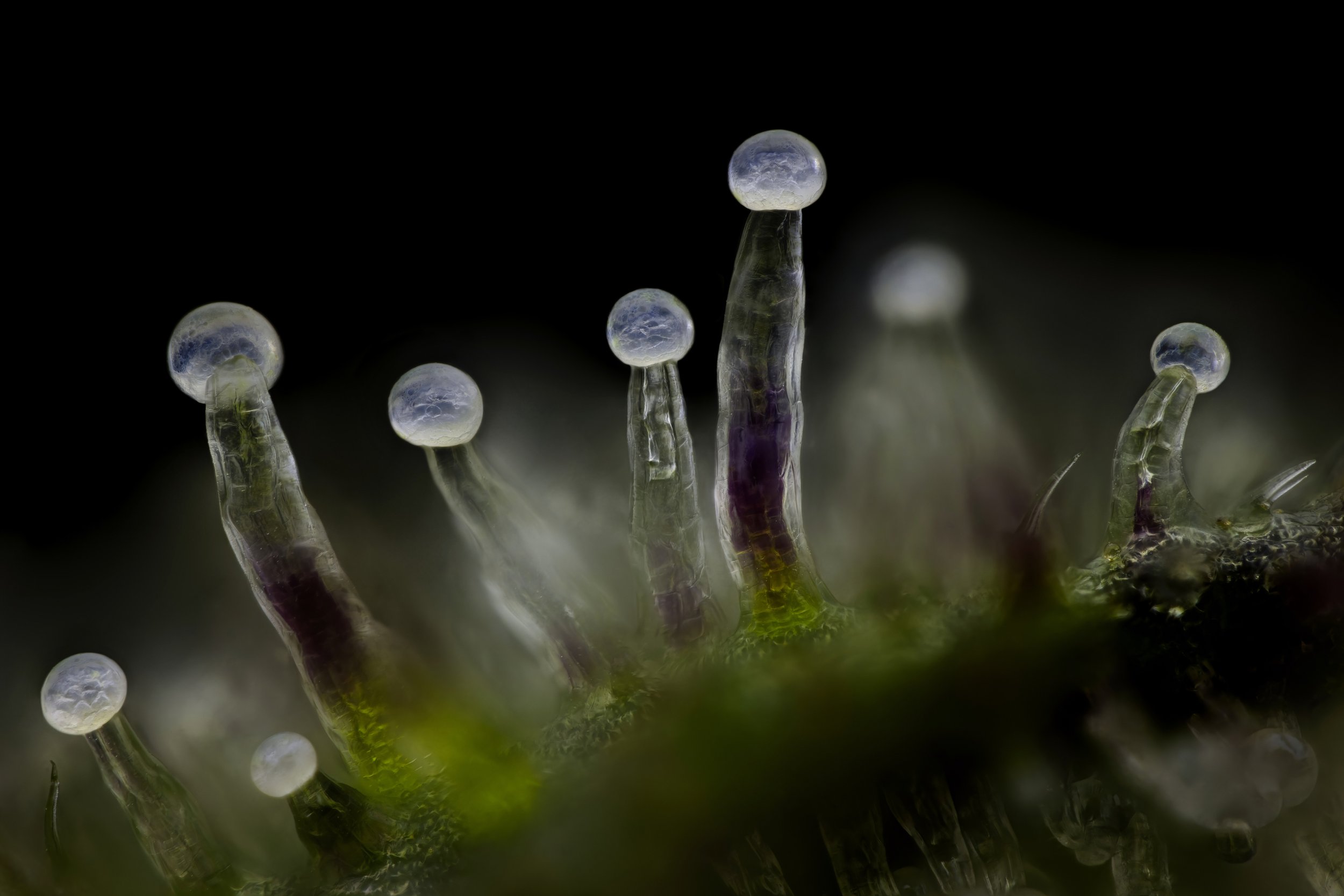Making of the Macro
Here’s the story what it can take to get these macro shots!In 2020 I took my cannabis photography business to the road full time. Even when I had a brick and mortar photography studio, I still did the majority of my live cannabis flower shoots on location typically at the farm.
Logistics have always been one of the challenges of being a photographer in the cannabis space. The timing of the plants, legalities, weather, last minute molds, pests —to name a few of the hurdles.
For this story I’m going to focus on one project during the fall of 2022 at Esensia Gardens, and touch on focus stacking a bit.
Left: 3x magnification
Right: 20x magnification
Esensia’s farm was perched high up in the hills overlooking Hopland. The road to Esensia is a partially maintained fire service road that has some serious elevation gain, around 1,000ft to their spot. They had no permanent structures and was completely off-grid. Setting up a studio was not an option.
The majority of farms in Mendocino and Humboldt are hidden deep in the back roads in the hills. Many of the roads are unmaintained, narrow, windy, dirt, and have many pot holes. There’s usually no cell service and you don’t want to accidentally find yourself on someones private property.
I'm no stranger to roads like these. They give me the much needed time to think without the distractions of instagram, memes, news, and other current day events.
I’ve thought about this story many times, the story of what it can take to achieve the trichome macro —or any of the cannabis imagery or videos I produce.
My next thought is who cares?
Does anyone even think about what goes into creating these images?
—Or is it just a click of the button in a state of the art facility to produce these one of a kind images?
Over the years I’ve figured out what characteristics to look for when selecting the perfect cola to photograph. Depending on the goal of the photoshoot —to create macros, micros, flower portraits, or the famous flower video that captures the top cola branch in motion, 360 degrees, determines what I’m looking for.
For the macros and micros I’m really looking for untouched/damaged trichomes. I look at the flower as a landscape for the unobstructed horizons, and the obscure.
This is a lengthy process that my trained eye can spot in the sea of green. In gardens like Esensias’ a ladder is necessary to get a proper view of all the potential models.
Once I find the cola that checks all the marks a final inspection looking for any pests, mold, disease, or anything else.
Scissors in one hand and a water container near by I make the cut then immediately put the flower in the water. That step is crucial. I’ll then trim off the larger fan leaves so they don’t damage the delicate trichomes.
Now the fun starts..prepping these beauties to make the long journey back to my studio unscathed.
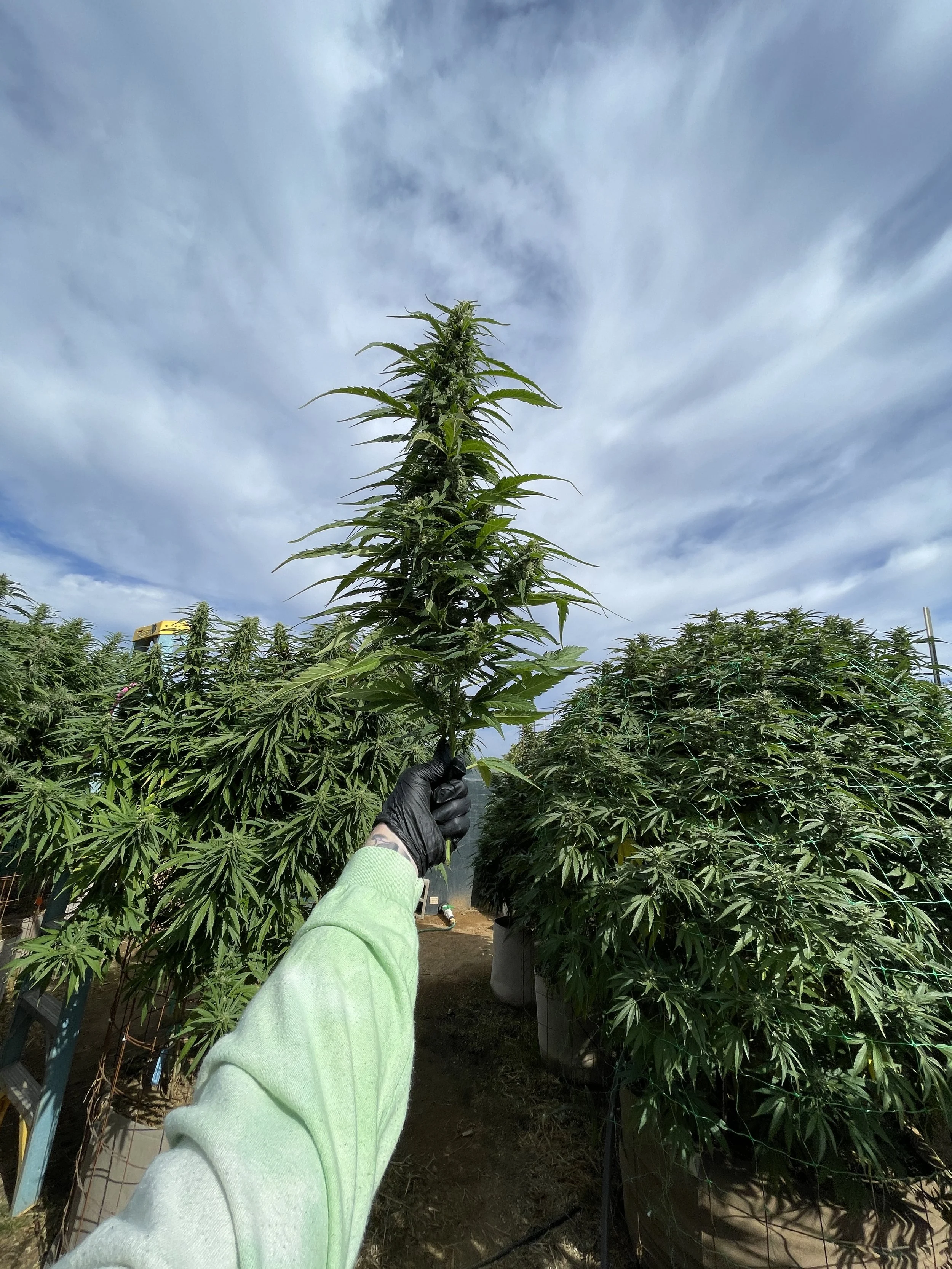
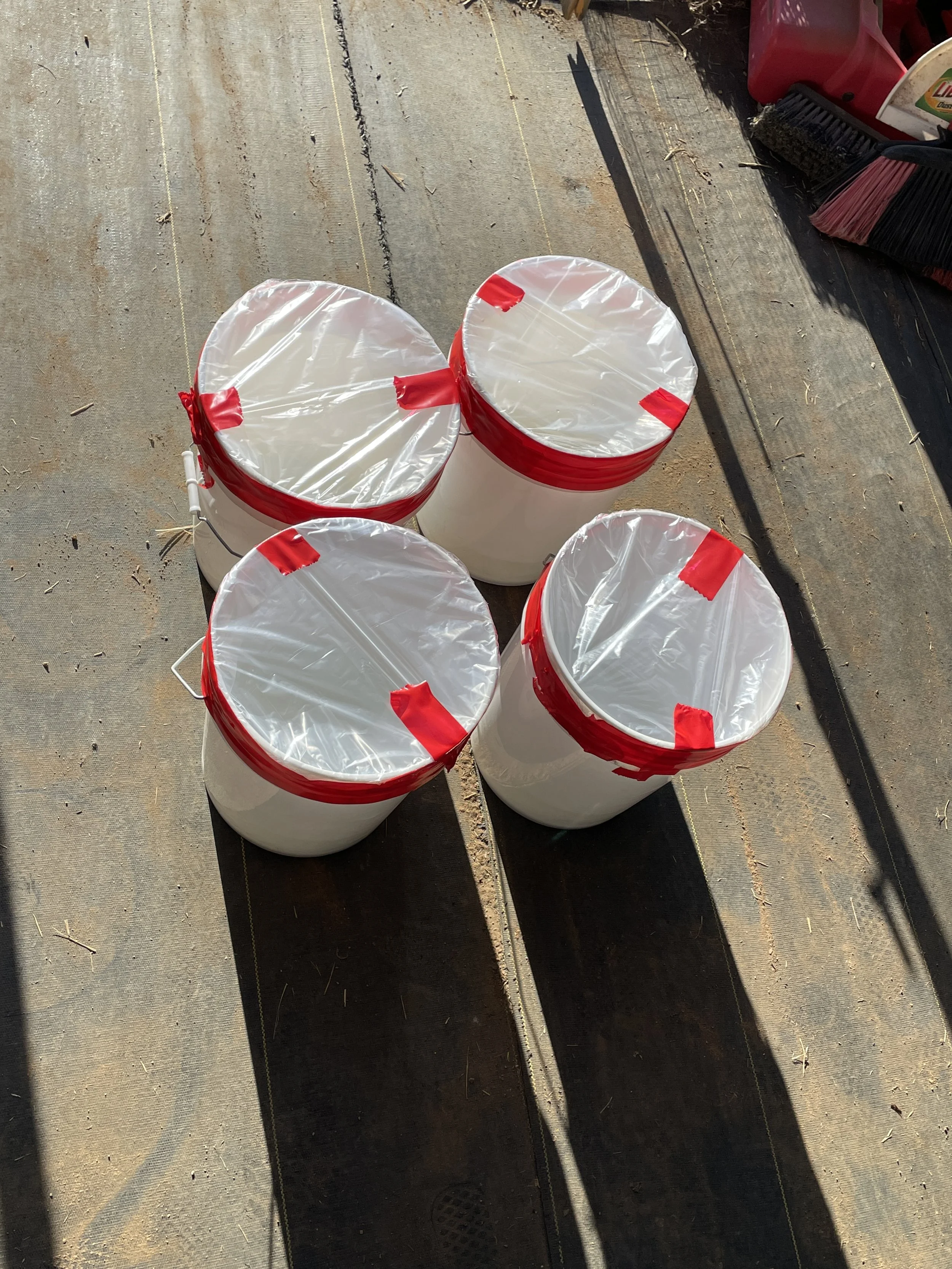
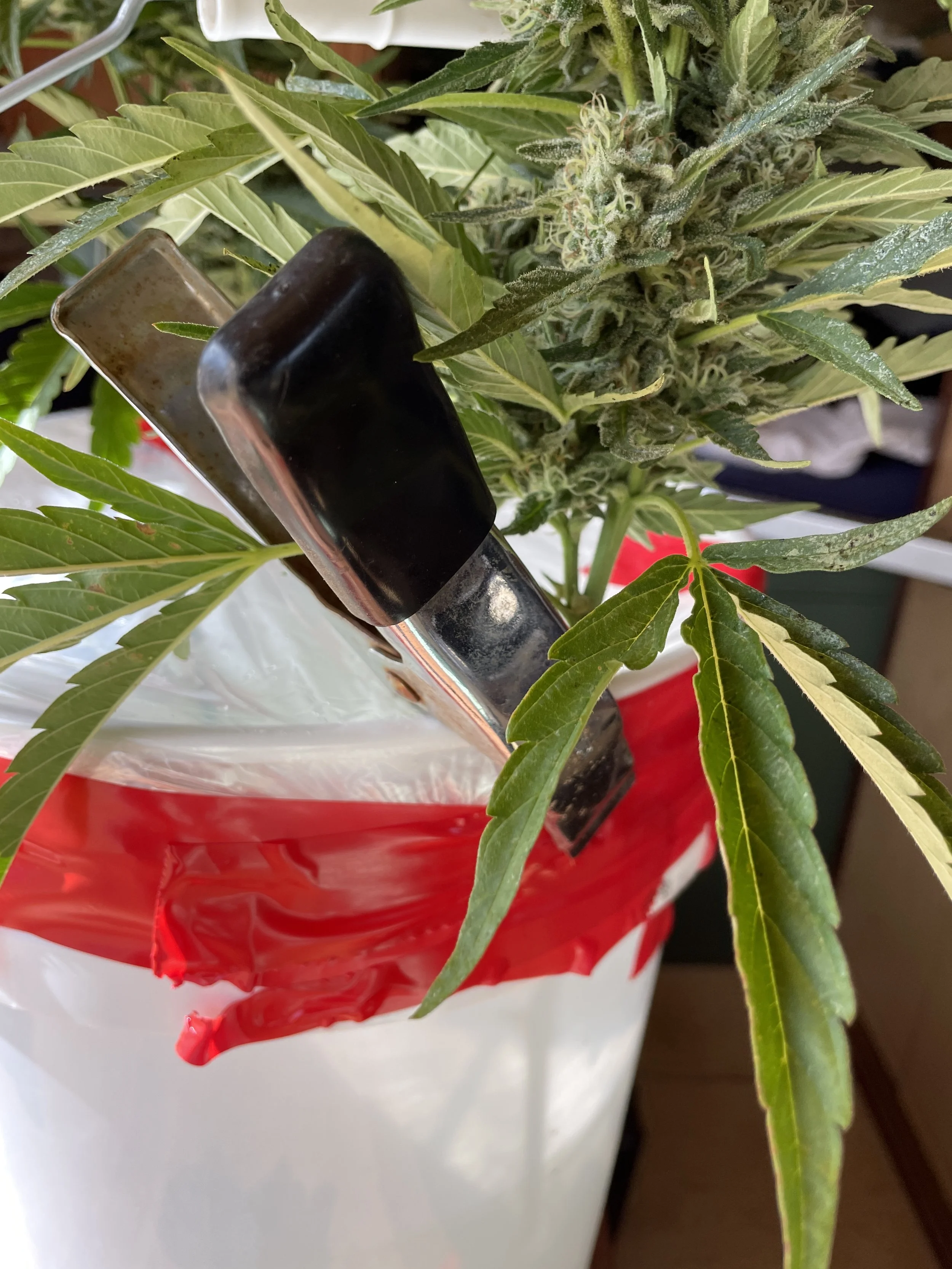
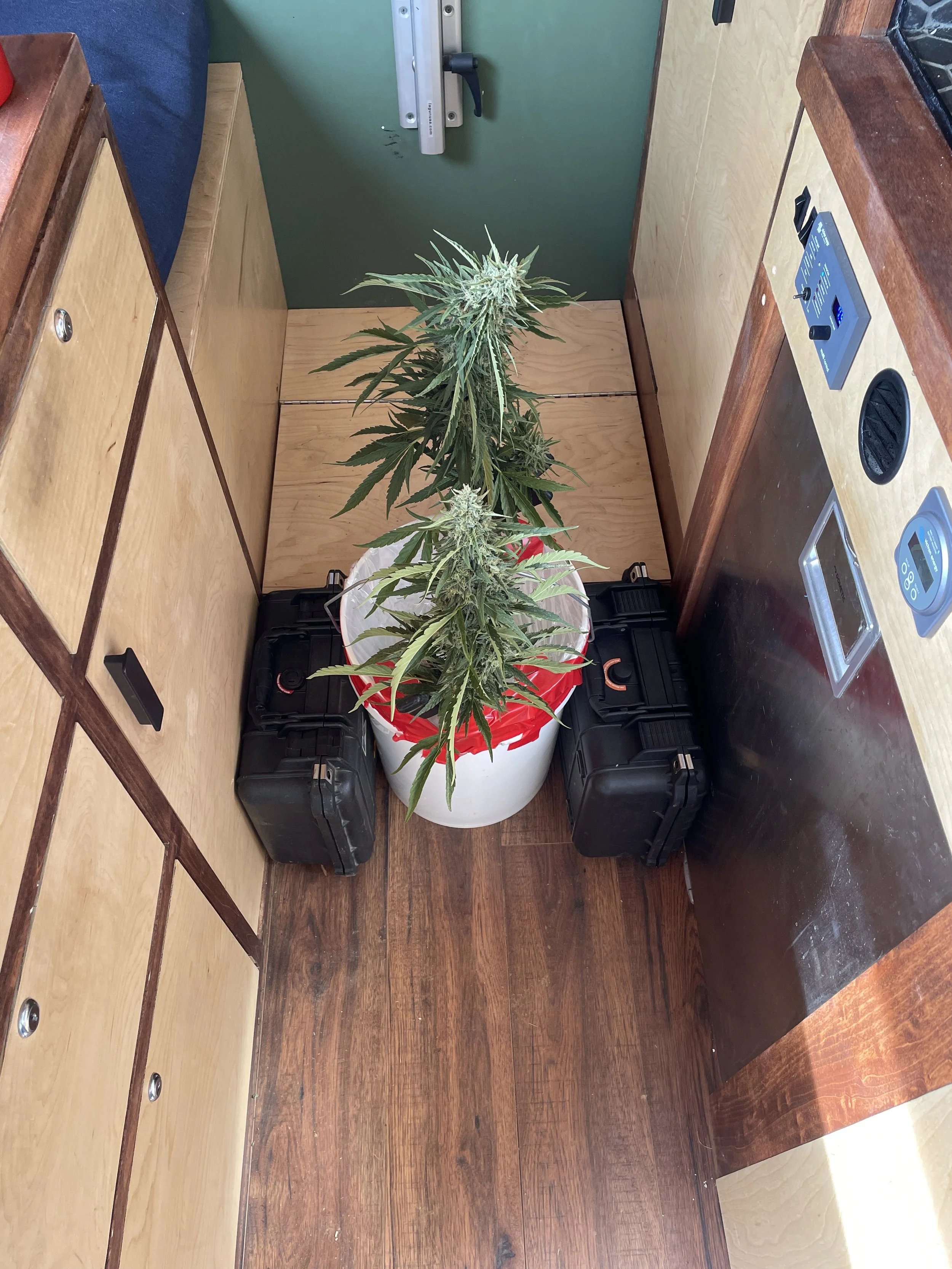
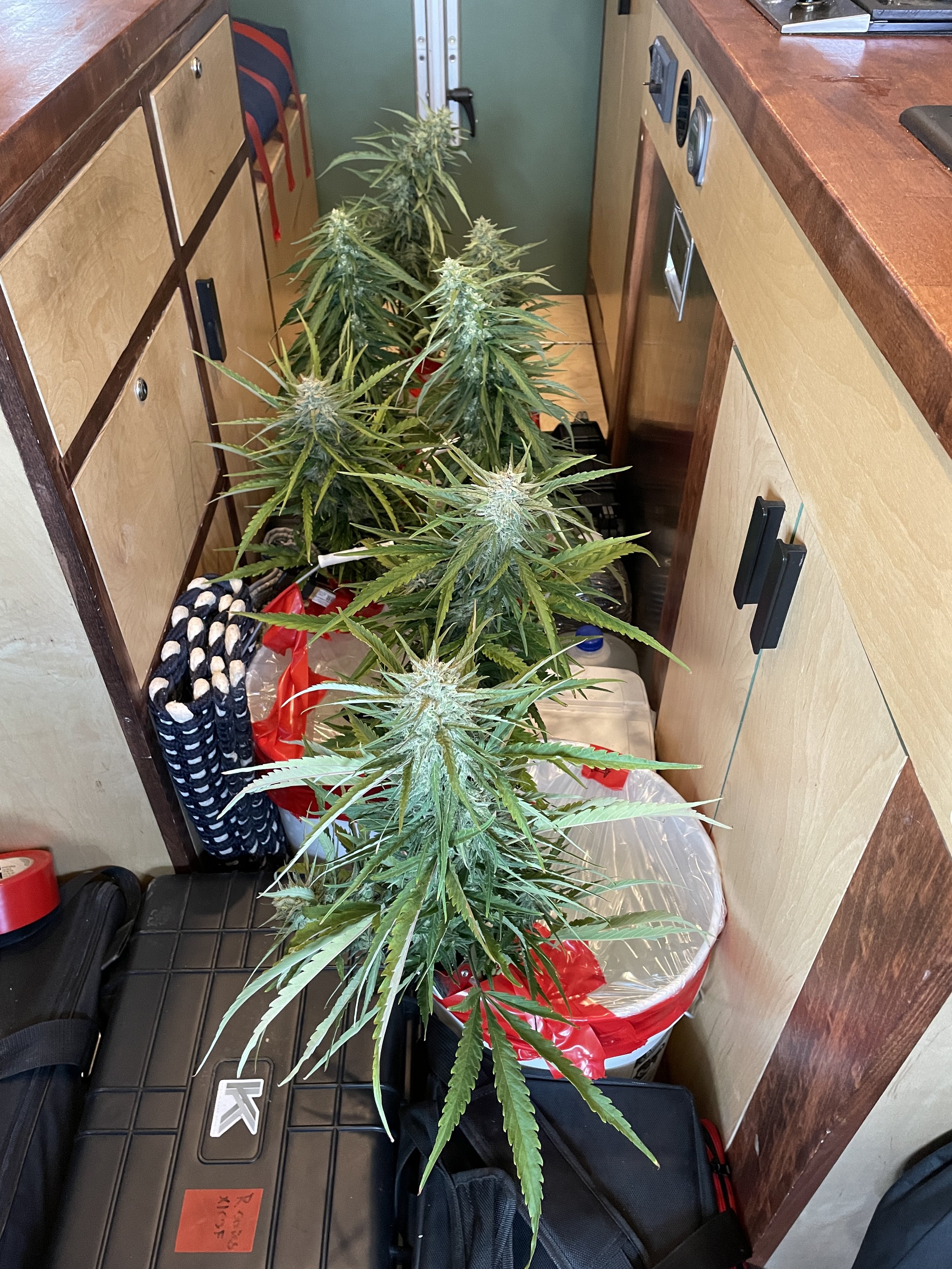
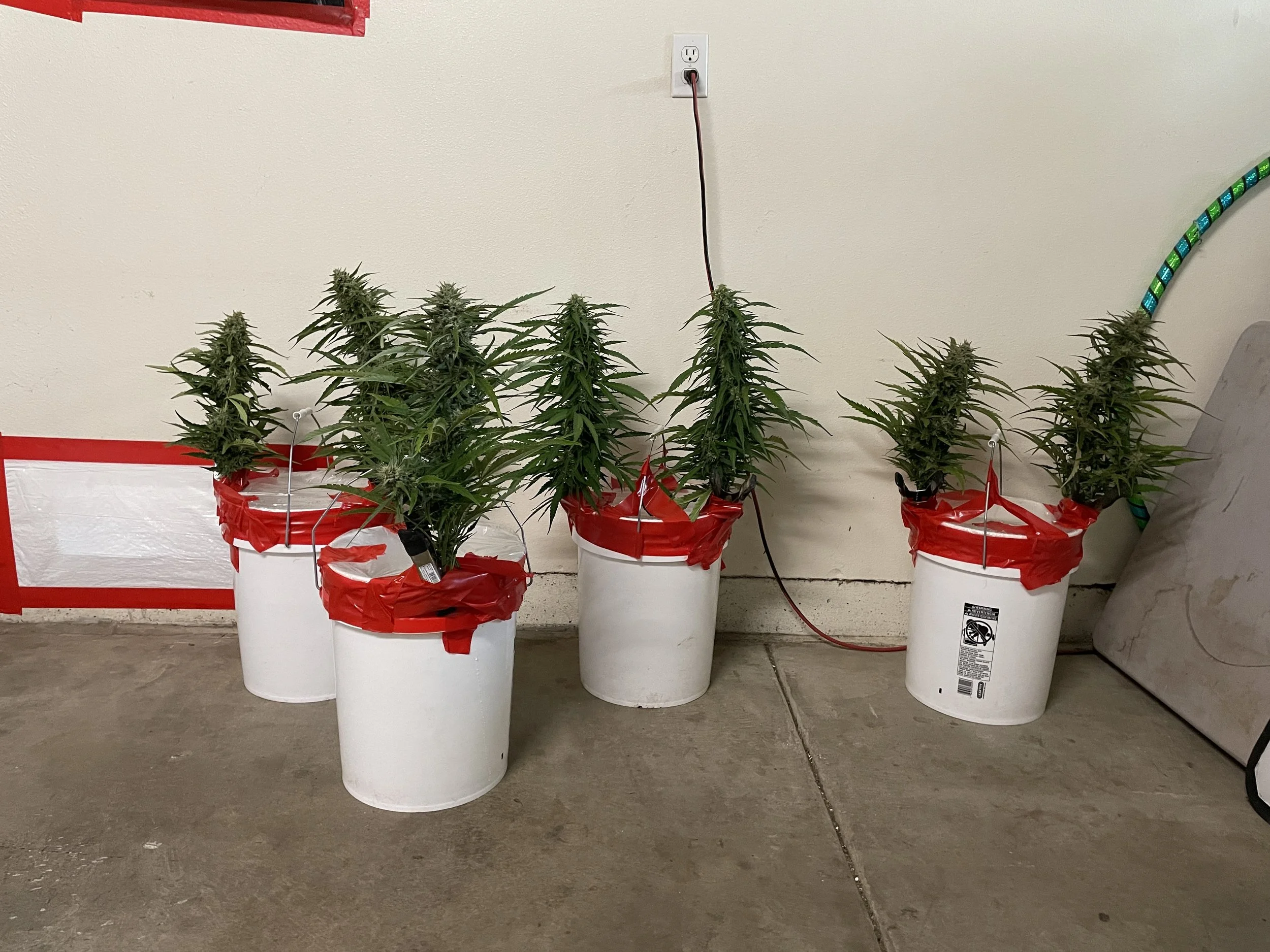
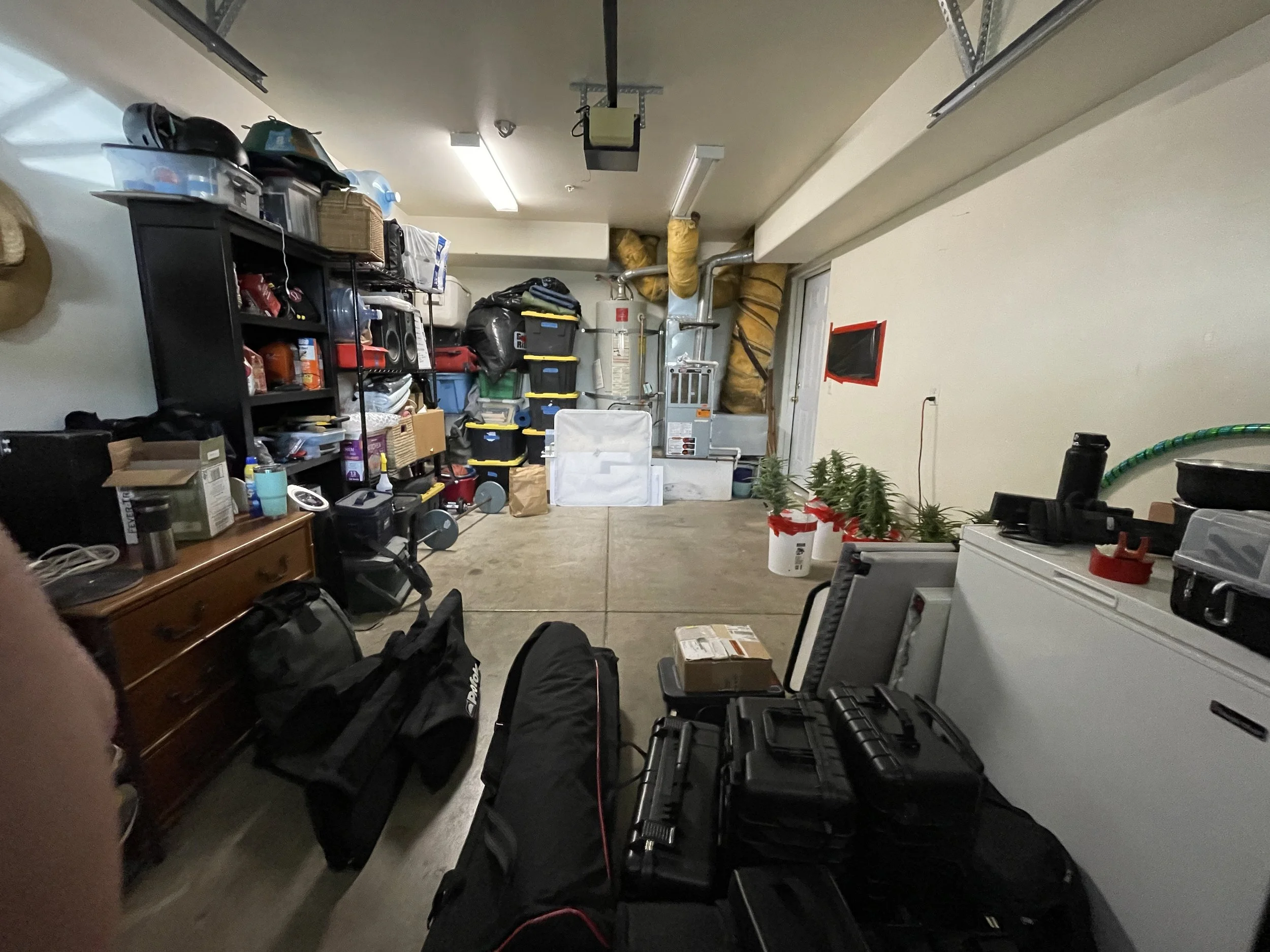
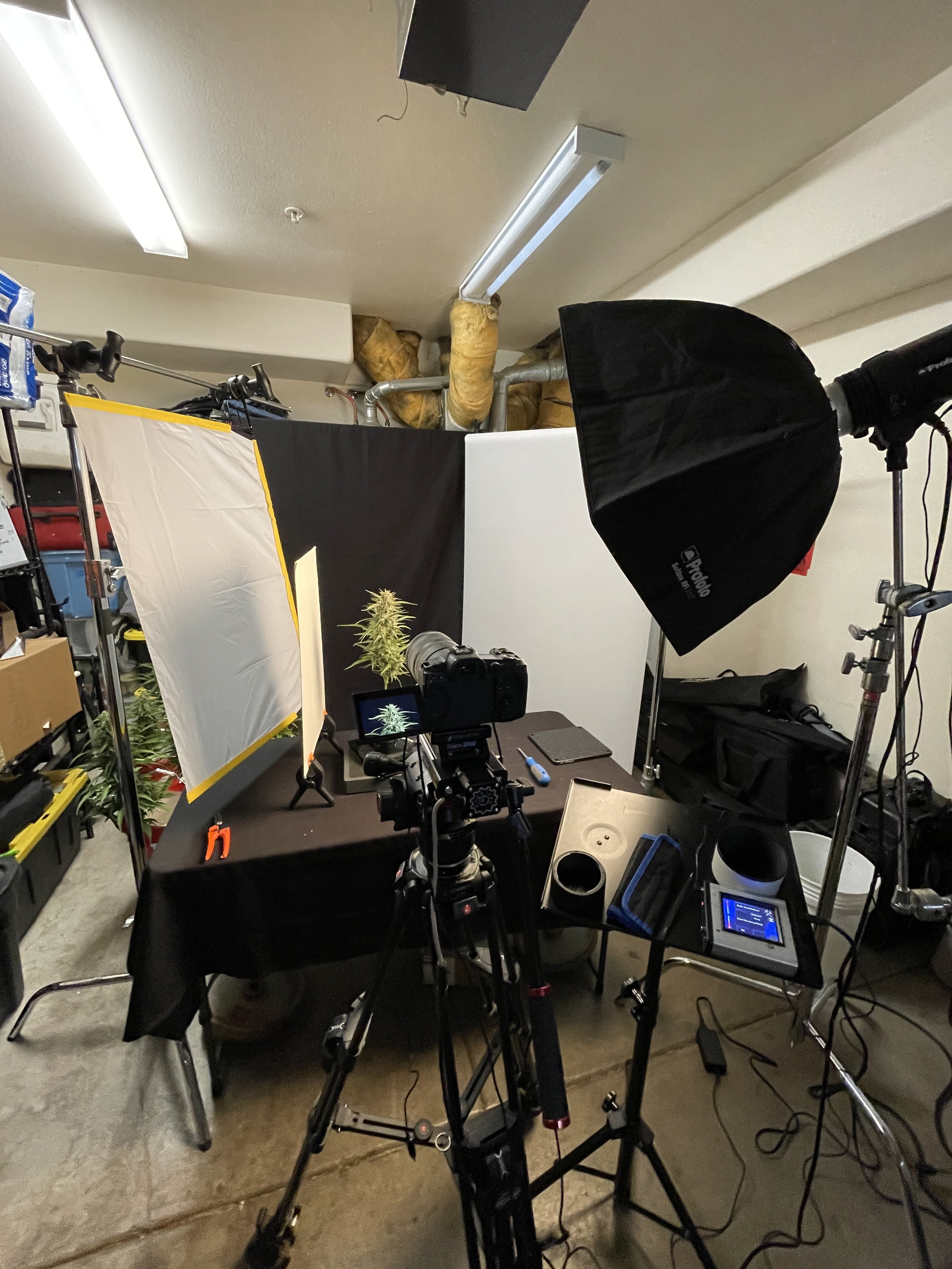
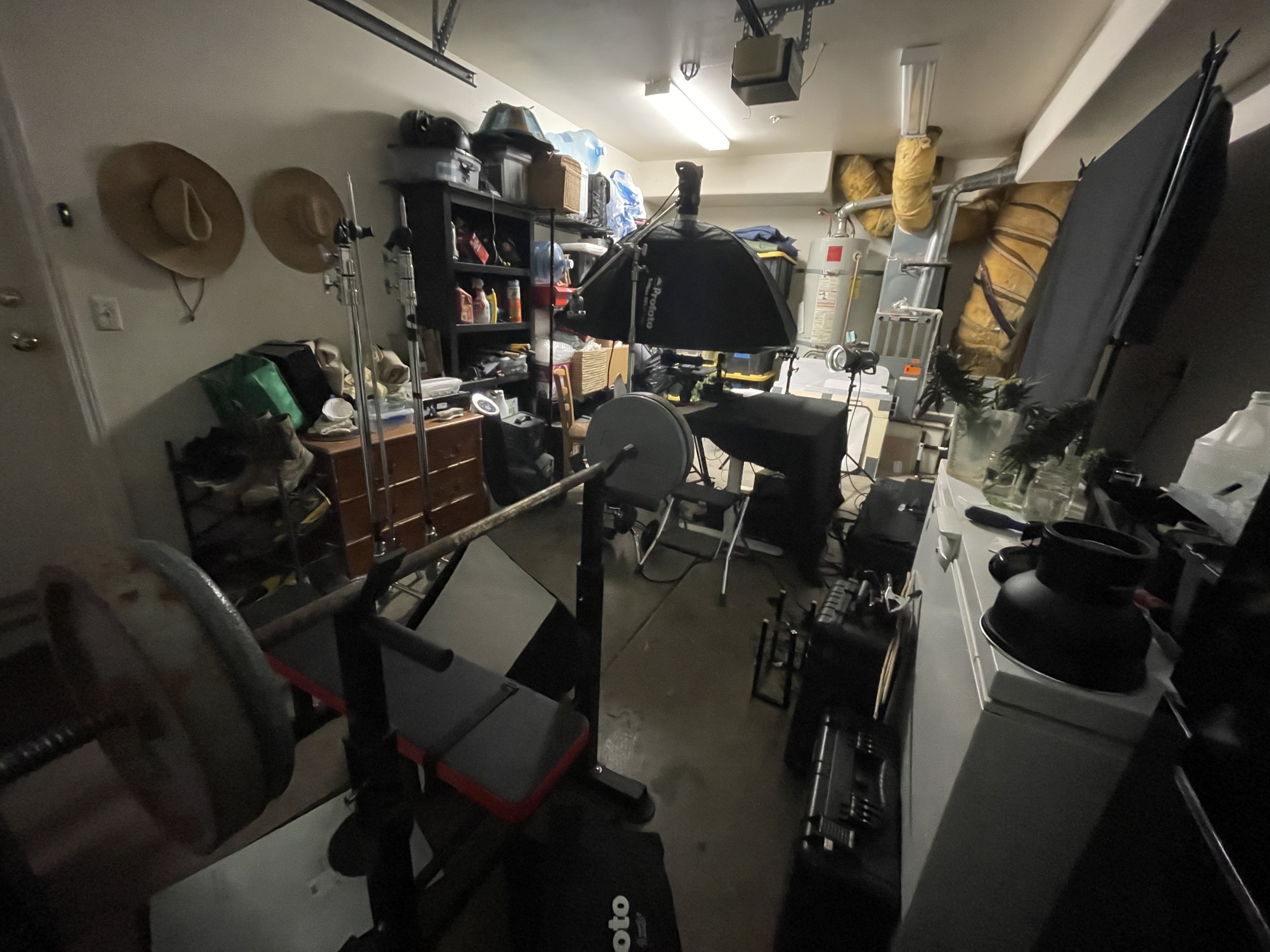
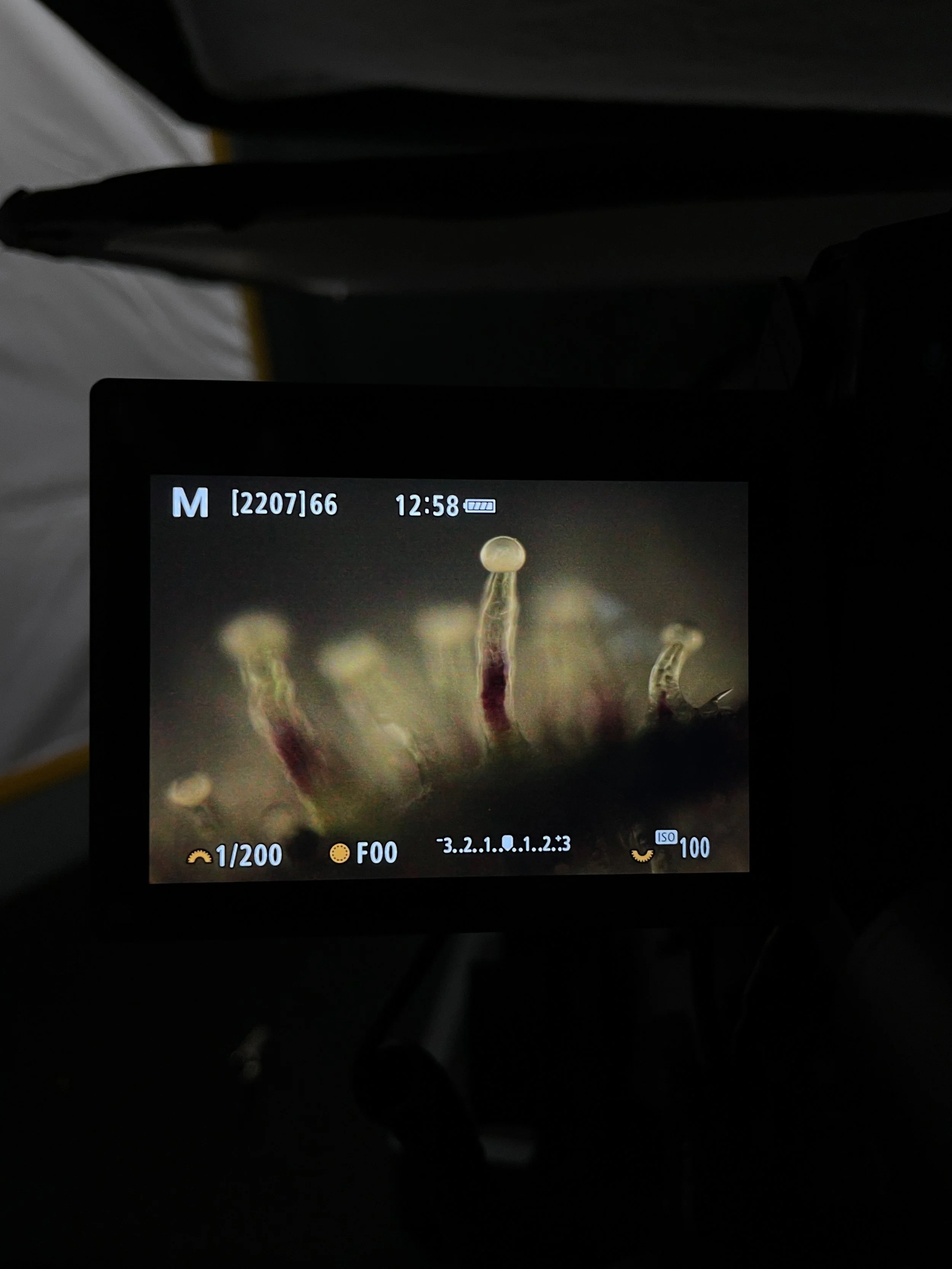
List of materials needed:
5 gallon buckets
waterproof tape
platsic wrap
scissors
clamps
water
I prep 5 gal buckets with water, cover with plastic to reduce any spillage, seal the buckets with waterproof tape, and strategically place inside my van. Spacing the flowers with room to sway with the road is very important so they don’t touch and potentially damage the trichomes.
After carefully driving back to my studio location, I unload the van and manicure the flowers ready for photo.
In the studio, I typically work into greater magnification starting with lower mags to find the gem compositions.
The focus stacking process can take anywhere from a few minutes to hours to complete. This process is very sensitive and any interruptions can ruin the process resulting in having to completely start over.
These interruptions could be a change in air pressure/flow, doors opening/closing, walking nearby, vehicles on a nearby road, trains.. you get it.
Canon R5, 100L, 65mpe
Canon R5, Novoflex adapter+tube, Mitutoyo 20x
If you’ve been with me for a while you might recall that I had a few blogs about the process of focus stacking. But those are lost with my old site, so I’ll explain again. Lucky you! This info was not so easy for me to discover eight years ago.
The art of focus stacking
Simply put— the closer you get to a subject the narrower the depth of field in macro photography.
The dof is the distance between the nearest and furthest elements in the image.
To eliminate the extreme dof in macro photography you need to combine multiple focal points in the image.
This is done by focus stacking.
For the types of images I’m producing an automated mechanical focus rail is crucial.
Yes, you can do it by hand with lower magnifications where the precision isn’t as necessary.
Once the subject is positioned and camera is mounted to the rail, the area in which focus is desired needs to be set by selecting the starting and end point for the focal range.
Once those parameters are selected you’ll need to set the correct step size, the area in which the camera advances, for the magnification and aperture.
Here’s a dof chart to reference.
This process captured with a mechanical rail will capture frames in a precise order allowing for the post processing to run smoothly.
The post processing involves using specialized software like Zerene, Helicon, Photoshop, or Affinity —I’ve tried all of those programs which all have pros and cons. I’m a huge advocate of testing processes out yourself to see what works for your work flow.
In the software the individual frames are aligned and combined at their sharpest focus points. After the focus stack is completed you can selectively edit each layer to adjust anything that needed.
After focus stacking, color correction, blemish removal, composition tweaks, and any other touches are done.
With images like the one above captured with a 20x Mitutoyo microscope objective, the step size can range between 1µm<
Did you know the average human hair is about 100µm in diameter! And trichomes are in the range of 45-165µm.
The next time you’re out and about take a few moments to admire the world from a macro view point. Observe the bee buzzin flower to flower, or the marching line of ants. Imagine their point of view and perspective, it might just change yours.
If you’re likin’ what I’m writin’ be sure to give me a follow on instagram and subscribe to my monthly newsletter.




